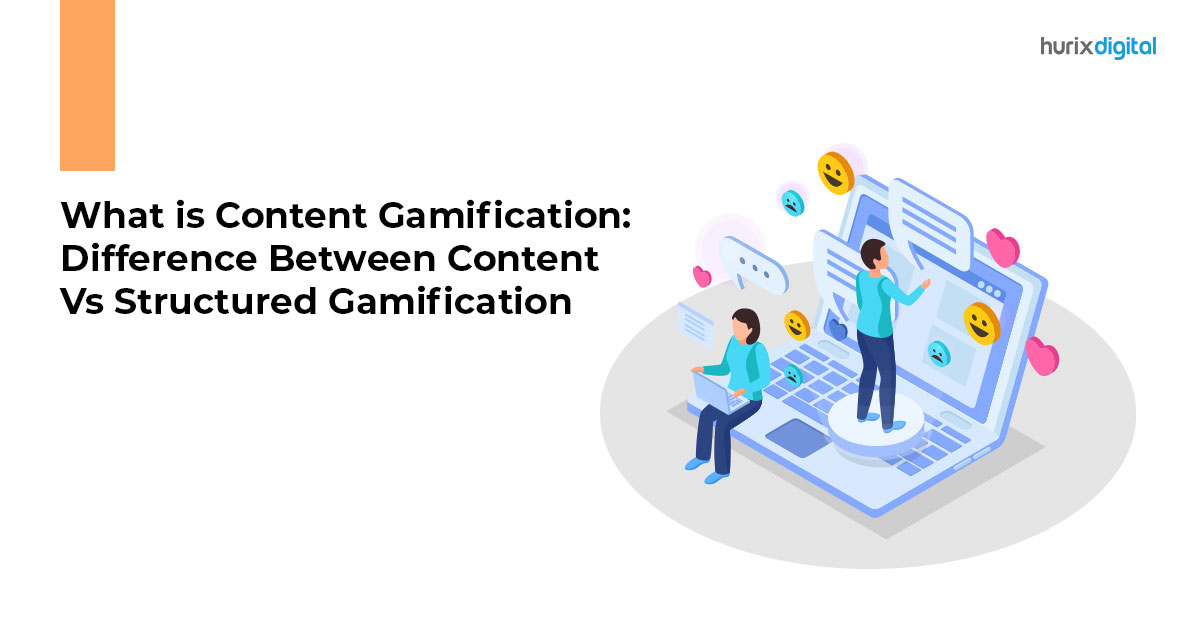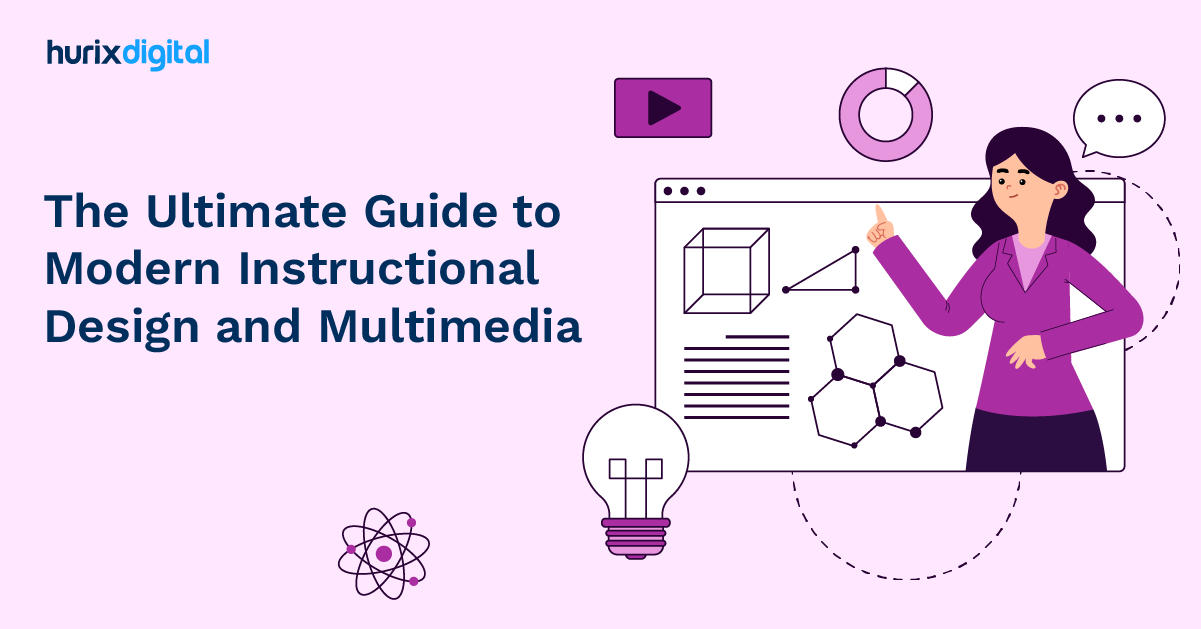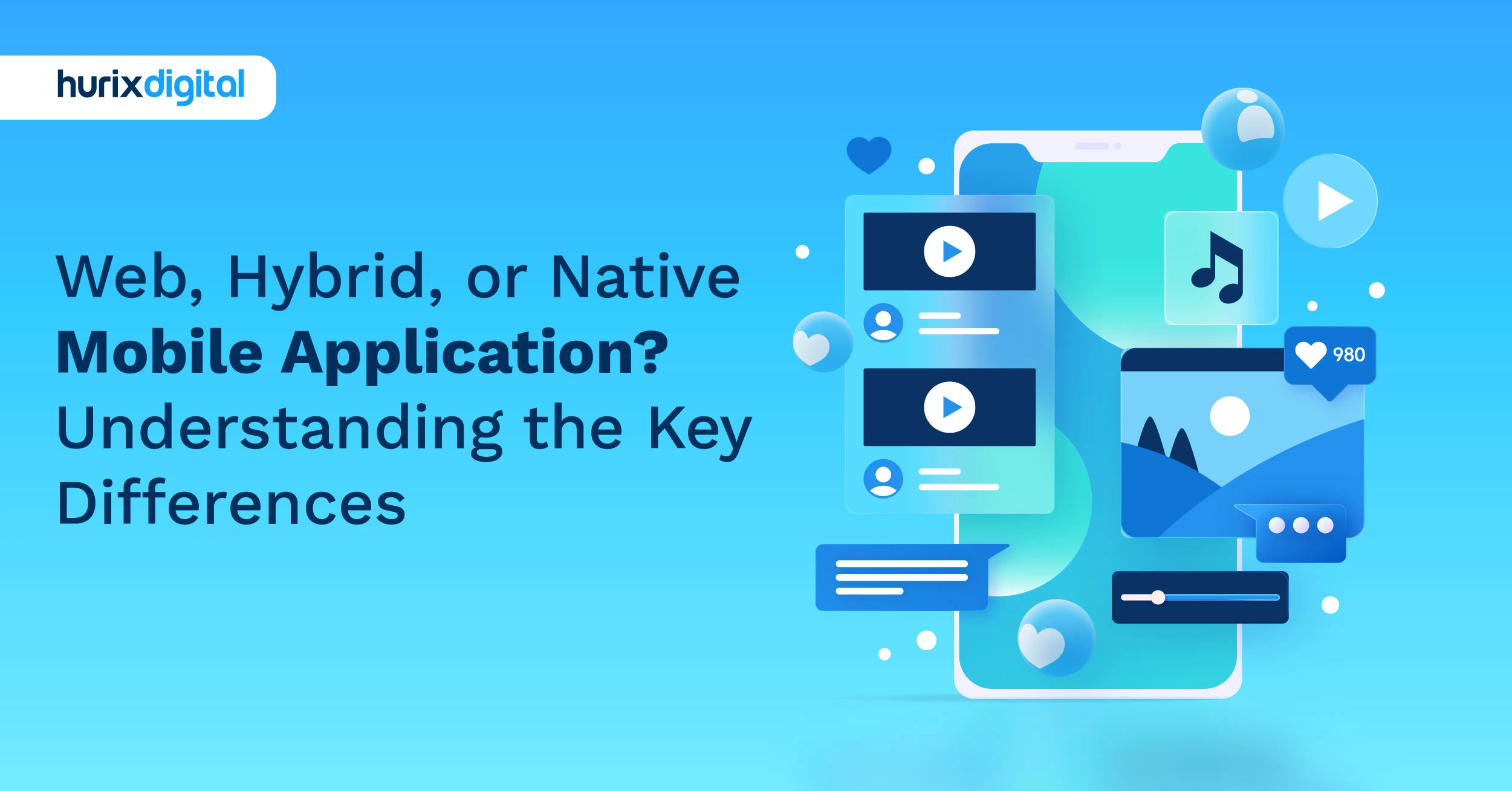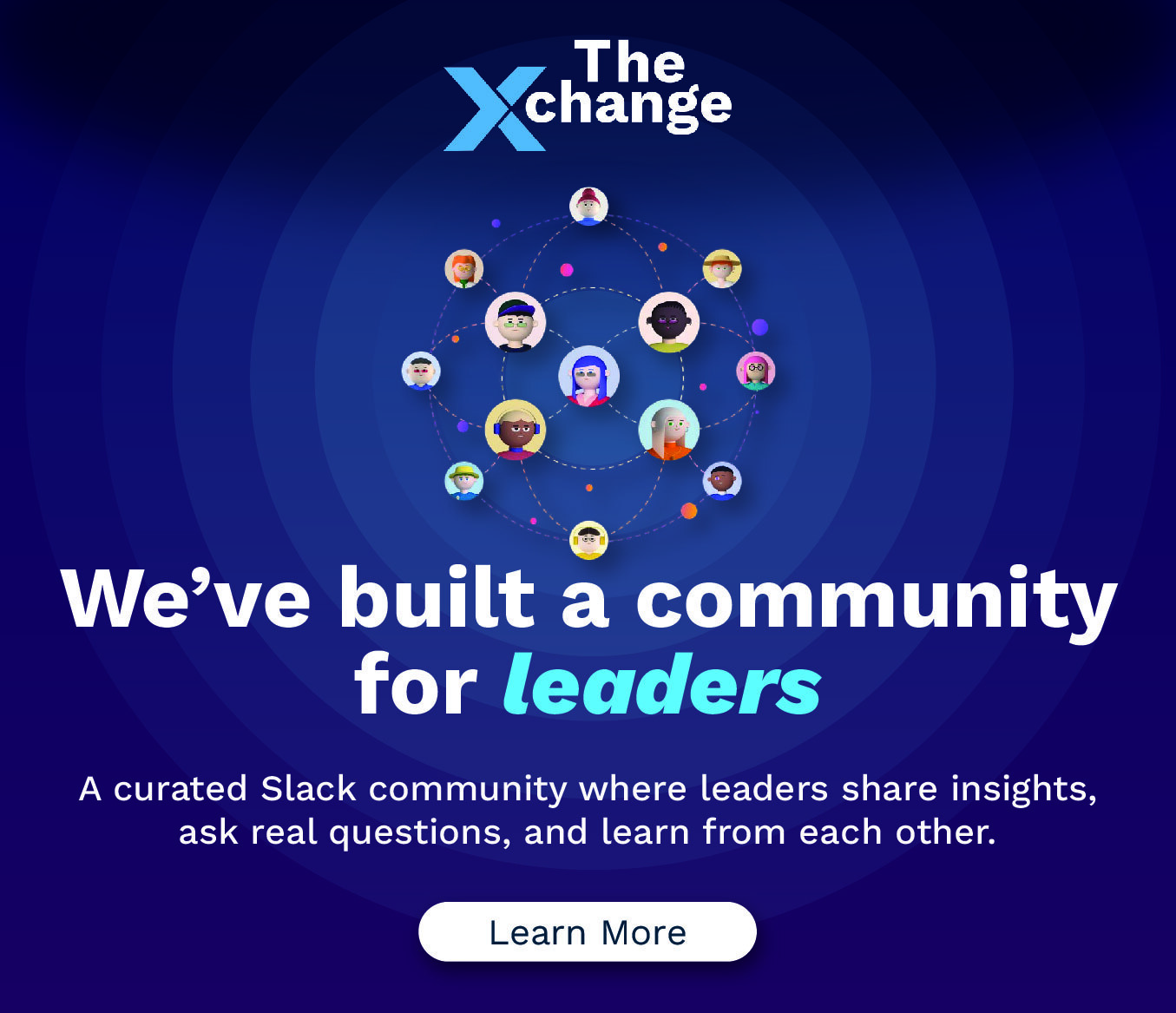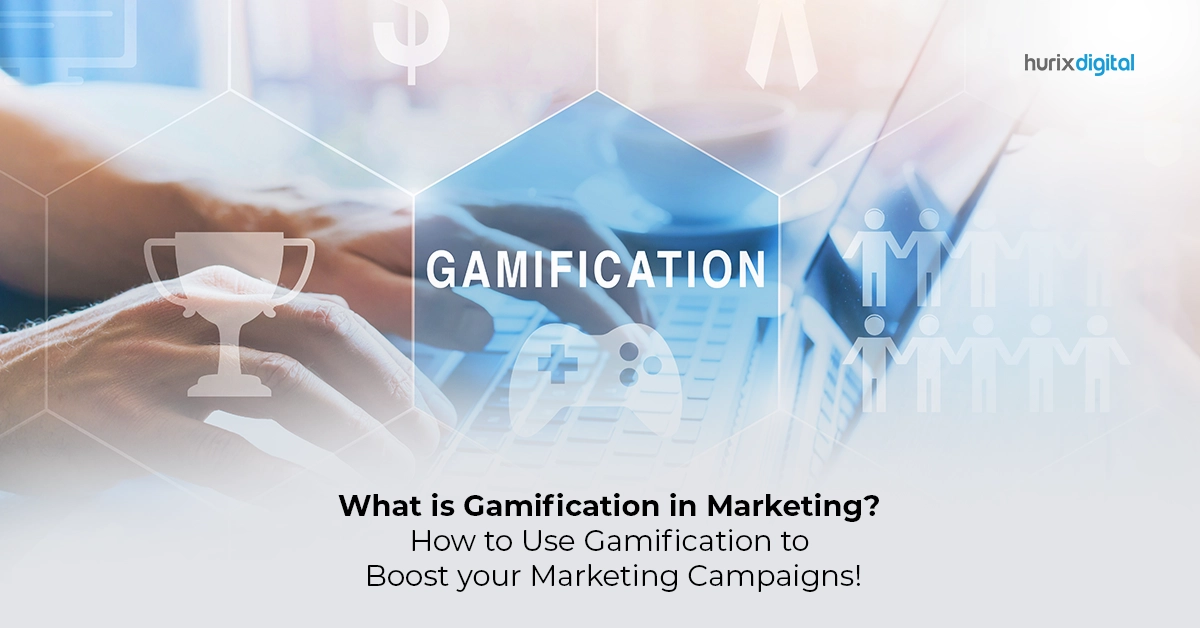
What is Gamification in Marketing? How to Use Gamification to Boost Your Marketing Campaigns?
Summarize with:
Gamification in marketing has emerged as a dynamic and influential strategy that captivates and engages consumers on a whole new level. By introducing the principles of game design in non-game contexts, businesses have discovered a powerful tool to boost customer interaction and loyalty.
Recent statistics not only validate the effectiveness of this innovative approach but also shed light on its immense growth potential.
The gamification market is on an upward trajectory, with projections indicating a remarkable surge. In 2020, the gamification market size stood at $9.1 billion, and by 2025, it is expected to skyrocket to a staggering $30.7 billion.
This surge underlines the profound impact that gamification continues to have on the marketing landscape.
These numbers look very promising in themselves, but what exactly is gamification in marketing, and how can it turbocharge your marketing campaigns?
Let’s understand it through this in-depth guide.
Table of Contents:
- What is Gamification in Marketing?
- How to Effectively Use Gamification in Marketing Campaigns?
- Must-Know Case Studies in Gamification to Unlock Marketing Success
- Final Thoughts
What is Gamification in Marketing?
Gamification, in the context of marketing, is a powerful strategy that utilizes game-like elements and dynamics to engage and motivate consumers. It transforms marketing efforts into interactive and rewarding experiences, creating a win-win situation for businesses and their target audience.
Businesses have finally realized the power that gamification holds and are actively incorporating gamification in learning and development (L&D) programs as well as in their marketing campaigns.
1. Core Elements of Gamification Strategy in Marketing
Following are the 3 core elements of a gamification strategy in a marketing campaign:
- Game Mechanics: At the heart of gamification techniques are the mechanics that make games enjoyable. These can include points, badges, leaderboards, challenges, rewards, and levels. By incorporating these elements into marketing campaigns, businesses can incentivize user participation and interaction.
- Storytelling: Effective business gamification often revolves around storytelling. Marketers create a narrative that connects with the audience and drives engagement. This storytelling element can be seen in the form of characters and quests, making the experience more immersive.
- Competition and Rewards: Human nature is inherently competitive, and gamification taps into this by introducing elements like leaderboards and competitions. Offering rewards motivates participants to take specific actions and remain engaged with the brand.
2. Examples of Gamification in Marketing
Here are some examples of the most effective and commonly utilized gamification elements in marketing campaigns:
- Loyalty Programs: Airlines, hotels, and retail stores often use gamified loyalty programs to reward frequent customers with points, badges, and special offers.
- Contests and Challenges: Social media platforms frequently host contests and challenges, encouraging users to create content or engage with a specific hashtag, thereby promoting brands and products.
- Interactive Quizzes: Many companies use gamified learning elements like quizzes to engage and educate their audiences, often offering personalized recommendations or insights based on the quiz results.
- Progress Bars and Milestones: Progress bars and milestones, commonly seen in fitness apps or fundraising platforms, motivate users to achieve specific goals, creating a sense of accomplishment.
Also Read: Gamification in Corporate Training: Your Checklist for Training Success
How to Effectively Use Gamification in Marketing Campaigns?
From understanding your audience to crafting compelling rewards, here is the step-by-step process to guide you through the essential stages of creating and implementing a gamification-powered marketing campaign.
1. Step 1: Begin by Setting Clear Goals and Objectives
Define what you want to achieve with your gamified marketing campaign. Whether it’s boosting website traffic, increasing sales, or enhancing brand loyalty, clear and specific goals are essential.
Without them, your gamification efforts may lack direction and measurable outcomes.
2. Step 2: Choose the Right Game Mechanics
Select game mechanics that align with your goals and are appealing to your audience.
Points, badges, leaderboards, challenges, and rewards are some common gamification methods, but not all will be suitable for your specific campaign. Tailor your choices to match the objectives and preferences of your audience.
3. Step 3: Make it Fun and Rewarding
Remember that the primary goal of gamification is to make the experience enjoyable for participants.
Create challenges and activities that are fun, interactive, and rewarding. Users should feel a sense of accomplishment and excitement when engaging with your gamified content.
4. Step 4: Promote and Launch
Promote your gamified campaign through various marketing channels. Use email marketing, social media, and other advertising methods to reach your target audience. A well-executed launch can create initial excitement.
Lastly, keep a check on how your gamification marketing campaign is doing. You can do so by analyzing the user data and feedback.
Must-Know Case Studies in Gamification to Unlock Marketing Success
Gamification in marketing has undoubtedly taken the business world by storm, with a substantial number of major companies around the globe incorporating it into their operations.
In fact, according to recent statistics, roughly 70% of the 2,000 largest companies worldwide have already embraced gamification as part of their strategies.
Let’s examine a few examples of these companies to provide you with a clear understanding of how to incorporate gamification elements into your marketing initiatives effectively.
1. Google Doodles
One of the most iconic and enduring examples of Google’s gamification strategy is the Google Doodle. These creative alterations of the Google logo to commemorate holidays, historical events, and notable figures often contain interactive elements.
For example, a Doodle might turn into a mini-game or quiz, encouraging users to click and explore while simultaneously educating and entertaining.
2. Sephora’s ‘Beauty Uncomplicated’ Campaign
Sephora is a prominent example of a company that effectively employs gamification in its marketing strategies.
Among its notable achievements in this field is the “Beauty Uncomplicated” campaign, featuring a user-friendly 3-step questionnaire designed to assist customers in selecting the ideal makeup and tools.
The campaign enables customers to swipe through product options, making the selection process engaging and intuitive. This gamification approach has yielded heightened engagement, particularly among millennials, while simultaneously simplifying the shopping experience for new customers.
3. KFC Japan’s ‘Shrimp Attack’ Campaign
‘Shrimp Attack’ was the brainchild of KFC Japan’s marketing team, and it proved to be a resounding success. The concept was simple yet engaging: customers could play a video game that earned them points with each interaction.
As users accumulated points, they were rewarded with coveted discount vouchers, creating an enticing incentive for participation.
This gamification strategy not only resonated with users but also converted them into active participants.
Also Read: Top 7 Benefits of Gamification for Your Business
Final Thoughts
Gamification benefits for employees as well as for customers cannot be understated. To sum up, by incorporating gamification in marketing and endeavors, businesses can create engaging and memorable experiences for their audience while achieving their marketing objectives.
Ready to level up your business with engaging and effective gamification? Hurix Digital’s tailored business simulation solutions are your answer. Our business simulations provide a platform for your business to test strategies and make informed decisions.
Furthermore, our simulations enable employees to practice and refine their skills in a risk-free environment, fostering competence and confidence.
Get in touch with us today and take the first step towards gamification success!
Summarize with:

 A Space for Thoughtful
A Space for Thoughtful 
